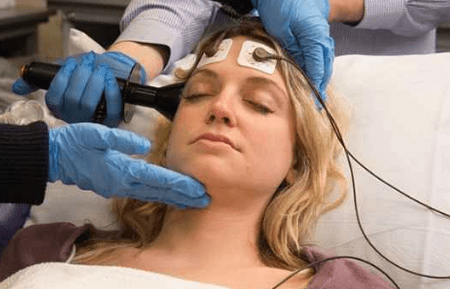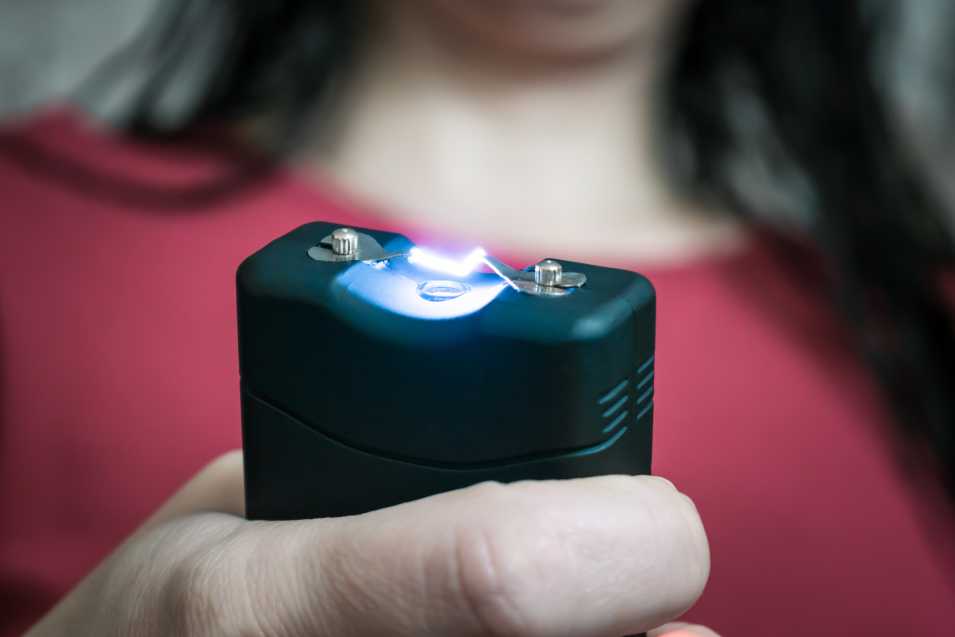Electroconvulsive therapy (ECT), also known as electroshock therapy, is a medical procedure that has been used for decades to treat mental illnesses such as major depressive disorder, bipolar disorder, and schizophrenia.
While it has been proven to be an effective treatment option for some patients, there are also concerns about its potential side effects and misconceptions about how it works. In this article, we will explore the pros and cons of ECT, as well as the myths and misconceptions surrounding it.
What is Electroconvulsive Therapy?
Electroconvulsive therapy involves passing a small electric current through the brain, which triggers a brief seizure. It is typically administered while the patient is under anesthesia, and muscle relaxants are used to prevent any physical harm during the seizure.
The exact mechanism by which ECT works is not completely understood, but it is believed to affect the levels of neurotransmitters in the brain, particularly serotonin and dopamine.
How Electroconvulsive Therapy Works?
ECT is typically administered in a series of treatments, which can vary in frequency and duration depending on the patient’s condition. A typical course of treatment may involve two to three treatments per week for several weeks. The number of treatments required will depend on the individual patient’s response to the therapy.
During the treatment, the patient is placed under general anesthesia, and a small electrical current is passed through the brain via electrodes placed on the scalp. This causes a brief seizure, which lasts for only a few seconds. The muscle relaxants used during the procedure help prevent any physical harm during the seizure.

Pros of Electroconvulsive Therapy
ECT has been proven to be an effective treatment option for certain mental illnesses, particularly when other treatments have failed. It has been shown to be particularly effective in treating severe depression, bipolar disorder, and schizophrenia. Some of the benefits of electroconvulsive therapy include:
Rapid Improvement
One of the biggest advantages of electroconvulsive therapy is that it can produce rapid improvement in symptoms, often within a few treatments. This can be particularly important for patients who are experiencing severe symptoms and are at risk of self-harm or suicide.
High Success Rates
Studies have shown that electroconvulsive therapy can be highly effective in treating severe depression, with success rates of between 70 and 90 percent. It has also been shown to be effective in treating bipolar disorder and schizophrenia.
Improved Quality of Life
Many patients who undergo ECT report significant improvements in their quality of life, including improvements in mood, energy levels, and overall functioning.
Cons of Electroconvulsive Therapy
While electroconvulsive therapy can be an effective treatment option for some patients, there are also potential drawbacks to consider. Some of the cons of electroconvulsive therapy include:
Possible Memory Loss
One of the most common side effects of electroconvulsive therapy is memory loss, particularly of events that occurred around the time of treatment. While this memory loss is usually temporary, it can be concerning for some patients.
Risks of Anesthesia
Electroconvulsive therapy is typically administered under general anesthesia, which carries its own risks. Patients who are older or who have other medical conditions may be at increased risk of complications from anesthesia.
Stigma
There is still a significant amount of stigma surrounding electroconvulsive therapy, which can make it difficult for patients to seek treatment or discuss their experiences with others.
Side Effects of Electroconvulsive Therapy
In addition to the potential memory loss associated with ECT, there are other potential side effects to consider. These can include:
Headache
Many patients experience headache after electroconvulsive therapy, although this typically resolves within a few hours.
Muscle Aches
Some patients may experience muscle aches or soreness following ECT, particularly in the jaw and neck muscles.
Nausea
Nausea is a common side effect of anesthesia, and some patients may experience this following electroconvulsive therapy.
Related Article: Ondamed Therapy Benefits
Myths and Misconceptions About Electroconvulsive Therapy
There are many myths and misconceptions surrounding electroconvulsive therapy, which can make it difficult for patients to make informed decisions about whether or not to pursue this treatment option. Some of the most common myths about ECT include:
ECT is Torture
There is a common misconception that ECT is a form of torture, but this is not true. The procedure is carefully monitored and administered by trained medical professionals, and patients are placed under anesthesia to prevent any physical harm.
ECT Causes Brain Damage
Another common myth about ECT is that it causes brain damage. However, there is no evidence to support this claim. While the exact mechanism by which ECT works is not completely understood, it is believed to affect the levels of neurotransmitters in the brain, rather than causing any physical damage.
ECT is Only Used as a Last Resort
While electroconvulsive therapy is often used as a treatment of last resort for patients who have not responded to other treatments, it can also be used earlier in the treatment process for patients who are experiencing severe symptoms.
Finding Electroconvulsive Therapy Near You
If you are considering electroconvulsive therapy as a treatment option, it is important to work with a qualified healthcare provider who can help you determine whether or not this is the right choice for you. Your provider can also help you find a facility that offers this treatment option in your area.
In conclusion, electroconvulsive therapy can be an effective treatment option for certain mental illnesses, but it is important to weigh the potential benefits against the potential risks and side effects. By working with a qualified healthcare provider, you can make an informed decision about whether or not this treatment option is right for you.
